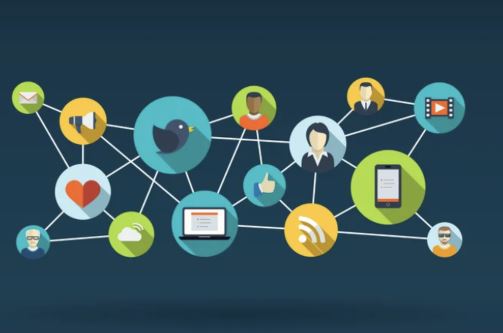Walk into a busy café, a cinema, or even a gaming lounge today, and you’ll notice something striking: very few people pull out cash anymore. Instead, taps, scans, and instant confirmations dominate. What feels normal now was almost unthinkable just fifteen years ago. This quiet but powerful revolution digital payments has become the backbone of how we live, work, and enjoy entertainment.
The Human Side of Payment Shifts
Technology often advances in visible ways: new phones, bigger screens, faster internet. Payment changes, however, are subtle. They sneak into daily routines until one day people realize they haven’t visited an ATM in months. What drives this change is not just innovation but also human behavior. People naturally lean toward tools that save time and reduce hassle. Digital wallets, mobile apps, and contactless cards answer both needs perfectly.
Convenience Creates Loyalty
Businesses in entertainment understand this well. A streaming platform with clunky billing risks losing subscribers even if its shows are excellent. An online game that delays purchases might frustrate players more than the game’s difficulty level itself. Smooth, seamless payments aren’t just financial tools, they’re part of customer satisfaction.
Think of how Netflix, Spotify, or PlayStation stores run. The content is the star, but payments in the background allow uninterrupted enjoyment. That invisible efficiency creates loyalty, because no one wants to fight a payment system to access entertainment.
The New Currency of Trust
Money has always required trust, whether it was gold coins or paper notes. In the digital age, trust is built differently. Encryption, biometrics, and AI-driven fraud checks reassure people that their money is safe. Without these protections, digital payments would struggle to grow.
Interestingly, many users report feeling safer using a phone wallet than carrying physical cash. If a wallet is stolen, the money is gone. If a phone is lost, fingerprint locks and remote security features often keep funds intact. This psychological shift shows how trust has moved from paper to pixels.
Young Generations, New Expectations
Millennials and Gen Z didn’t grow up queuing at banks or writing checks. Their first experiences often involved apps, QR codes, and one-click checkouts. For them, waiting days for a transfer is unacceptable. Their expectations are shaping how businesses operate, forcing companies to adopt faster, cleaner payment systems or risk fading away.
Global Stories of Adoption
Different regions show the story in unique ways. In Asia, super-apps like WeChat and Alipay integrate shopping, chatting, and payments in one ecosystem. In Europe, contactless cards became standard during the pandemic. In the U.S., services like PayPal, Venmo, and CashApp blend social interaction with payments, letting friends split bills as casually as sending a text.
Though the tools differ, the result is the same: fewer physical wallets, more digital flows.
Entertainment as the Testing Ground
Few sectors highlight this shift as clearly as entertainment. Online casinos, for example, compete not just on games but also on how fast and flexible their payment options are. Players expect immediate deposits and quick withdrawals. Services like ewallet pokies demonstrate how platforms use reliable, fast payment methods to attract and keep customers.
Similarly, esports, music downloads, and video streaming depend on the confidence that money moves easily. The moment a payment system fails, the entire user experience collapses.
What Tomorrow Might Look Like
Looking ahead, payments may become so integrated that people barely notice them. Smart devices could handle small purchases automatically. A fridge might reorder groceries; a car might pay tolls without stopping. Biometric technology may remove the need for cards or even phones. Our identities could become the “wallet.”
At the same time, digital currencies are likely to play a role. Some governments are already testing central bank digital currencies, while private platforms continue experimenting with blockchain. The blend of traditional finance and cutting-edge tech will create a more flexible system than anything we’ve seen before.
Final Thoughts
Digital payments have moved from convenience to necessity. They shape entertainment, strengthen business models, and change everyday habits. What started as an alternative has now become the expectation.
For individuals, the win is clear: speed, safety, and simplicity. For companies, it’s loyalty, growth, and a wider audience. As this silent revolution continues, the line between technology and finance will blur even further. The future of money isn’t just about numbers it’s about experiences, and digital payments are leading the way.







